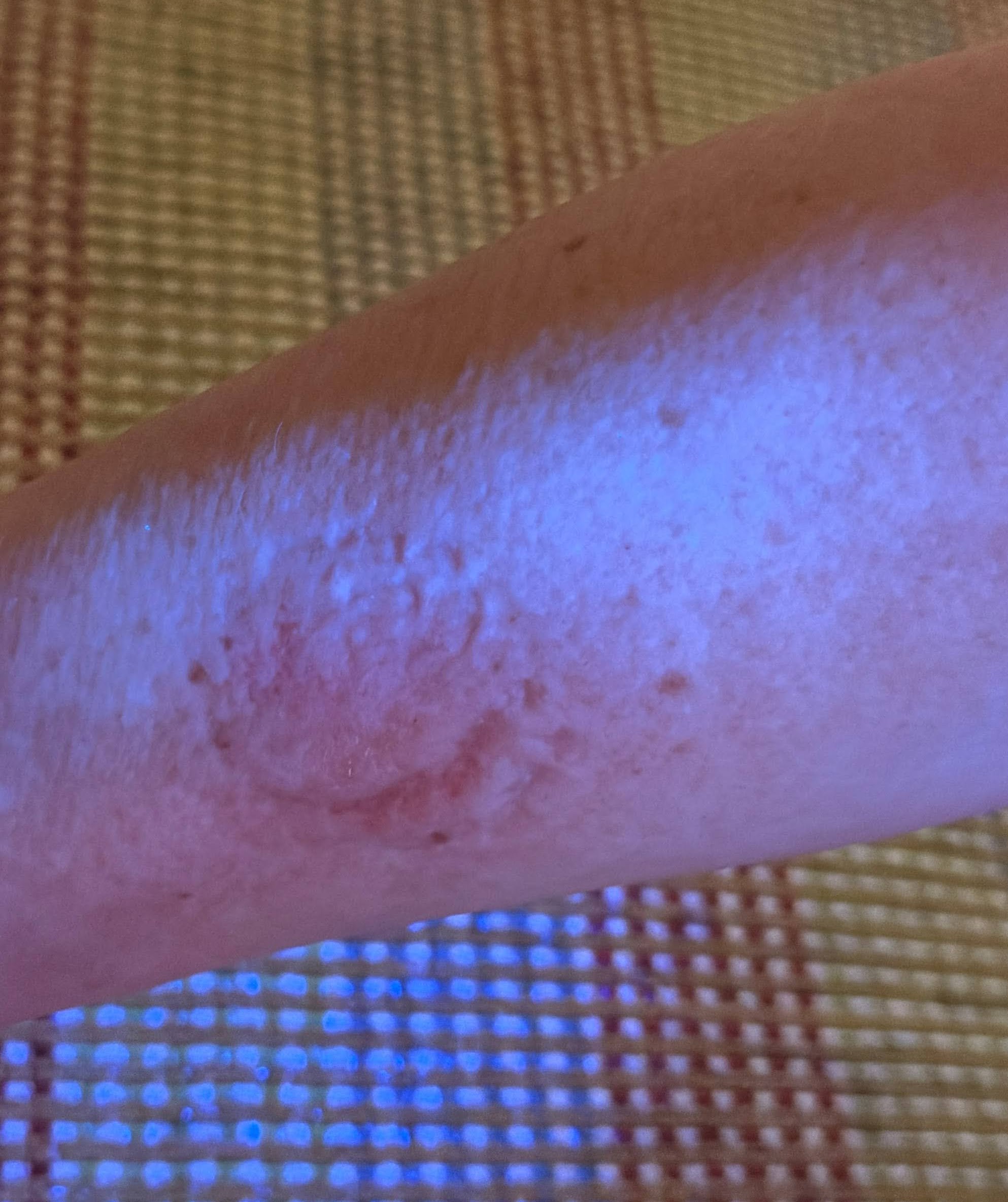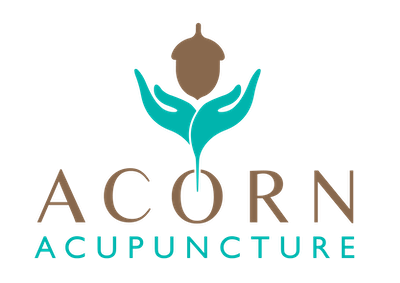Acupuncture To Reduce Self-Injury Behavior In Pediatric Autism Spectrum Disorder: A Case Report
Keywords:
acupuncture, self-injury, autism spectrum disorder, attention deficit disorder, pediatricAbstract
The patient was a four-year-old female with a history of self-injury in the form of biting and emotional outbursts beyond those of her peers. At three years old, she had been diagnosed with cognitive developmental delays, attention deficit disorder (ADD), and autism spectrum disorder (ASD) with self-injury behavior (SIB). No genetic testing was done to rule out or attribute behavior to, and there was no family history of the same diagnoses. This patient's outbursts and self-injury began around the age of one. Outbursts could last up to 30 minutes and then suddenly stop.
When the patient started learning to communicate better with speech therapy and age-related development, outbursts went from almost daily or every few days to once a week or every other week. After a year, the patient began receiving weekly Eastern Asian medicine (EAM) treatment for four months. Treatments included tuning fork, shōnishin, acupuncture, essential oils, and ear seeds. She was also drawn to chewing on a nickel-sized ball of loose moxa and spitting it out at the end of her visit. Following the addition of acupuncture, self-injury episodes decreased to two or three times a month with much less intensity.
Weekly EAM treatment could be an effective adjunctive intervention in children under five years old displaying self-harm due to ASD. It may also contribute to the ability to focus when made more difficult by ADD.

Published
How to Cite
Issue
Section
License
Copyright (c) 2024 Convergent Points: An East-West Case Report Journal

This work is licensed under a Creative Commons Attribution-NoDerivatives 4.0 International License.









